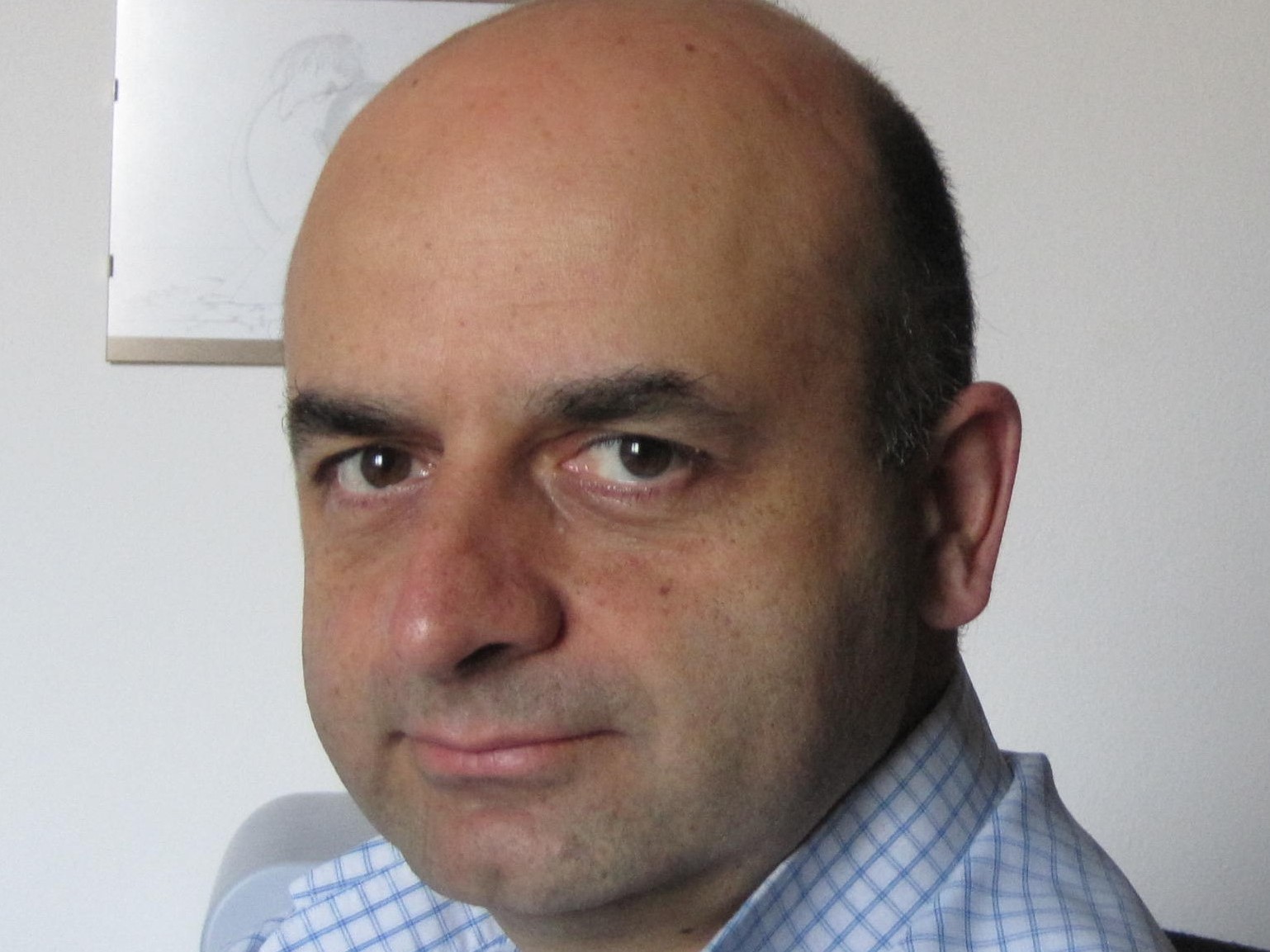The Bioeconomy: Delivering Sustainable Green Growth?
The bioeconomy is a broad set of activities – and you looked at a variety of international approaches to channel its economic benefits. What were some of the most surprising or fruitful ways of stimulating success you came across? In terms of technologies and resources, new sources of biomass look very promising and sometimes the easiest to communicate: not just waste, but also algae, insects, fungi, microbial processes, through to artificial meat and more. However, the most astonishing feature of the bioeconomy today is its diversity. Each country is using a different approach and focusing on different biomass sources and technology. This makes sense of course because biological resources and history of their use are so different. The same applies to policy instruments and solutions. Where there is more novelty and challenges is in the promotion of sustainable innovation. There are growing examples in the book of cases trying to achieve this in a decentralised way; however, these experiences need to take into account how knowledge-intensive the bioeconomy is. A continuous interplay with research is key to success. What are the biggest economic and policy challenges facing the bioeconomy in Europe? Bioeconomy does not mean just processing biomass, but rather building a shared vision of how we should use living organisms. This means bringing together industrial ideas about bio refineries, for example, with ecosystem management at the landscape scale. One non-trivial step in achieving this is to integrate traditional and established sectors (agriculture, food) in a bioeconomy vision. In addition, it is still difficult to make the new bio-based products more profitable or even just cost-competitive. As very often happens with innovation, the bioeconomy is now often just trying to substitute existing products, but the real visionary topic is: what can be done of completely new and suitable to better fit human needs? And of course it is not just a matter of producing at low cost, because this would imply may be just import huge quantity of biomass from abroad. The challenge is how to link to local resources and balanced territorial development. Needless to say this is difficult. Win-win solutions especially for disadvantaged areas are still more often promising than actually working. How can we best encourage individuals, SMEs and companies to take the leap in to the bioeconomy with confidence? And what will be the key barriers to their adoption in the future? First we should be scared enough of not developing the bioeconomy. More awareness of problems brought by use of fossil fuels, especially in connection to climate change needs to be developed and remain stable in our mind. And not to forget about this when the price of oil goes down or when the next regular rain occurs. But even more we also need to bring visions about longer-term options for bio-based materials and by a clever management of world’s biological resources. To get there, I think we need to make the concept familiar and bring examples of interesting options and products into the public and professional imagination. There are a number of them already available and we need everybody to learn and experience these options in everyday life. This is the background of building new markets. In practice this is not just a matter of communication and indeed promotion of the bioeconomy builds on complex mixes of vision, research, intellectual property right management, awareness building and risk taking by companies… and of course some well focused public funding. The Bioeconomy: Delivering Sustainable Green Growth is available now from CABI publishing and an essential read for students and researchers in agricultural and natural resource economics, agricultural and environmental policy, as well as policy-makers, practitioners and economists.



